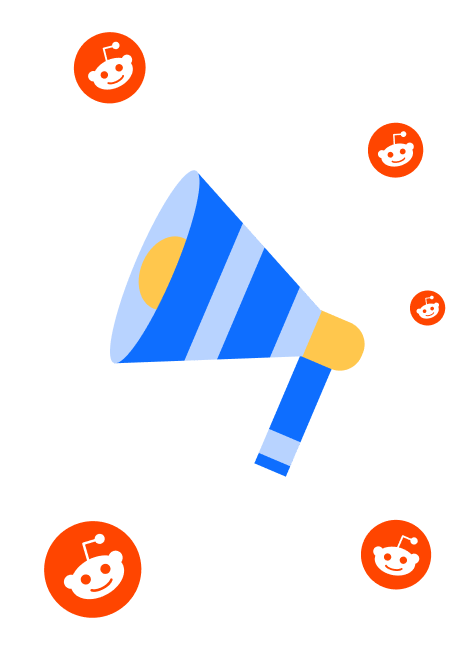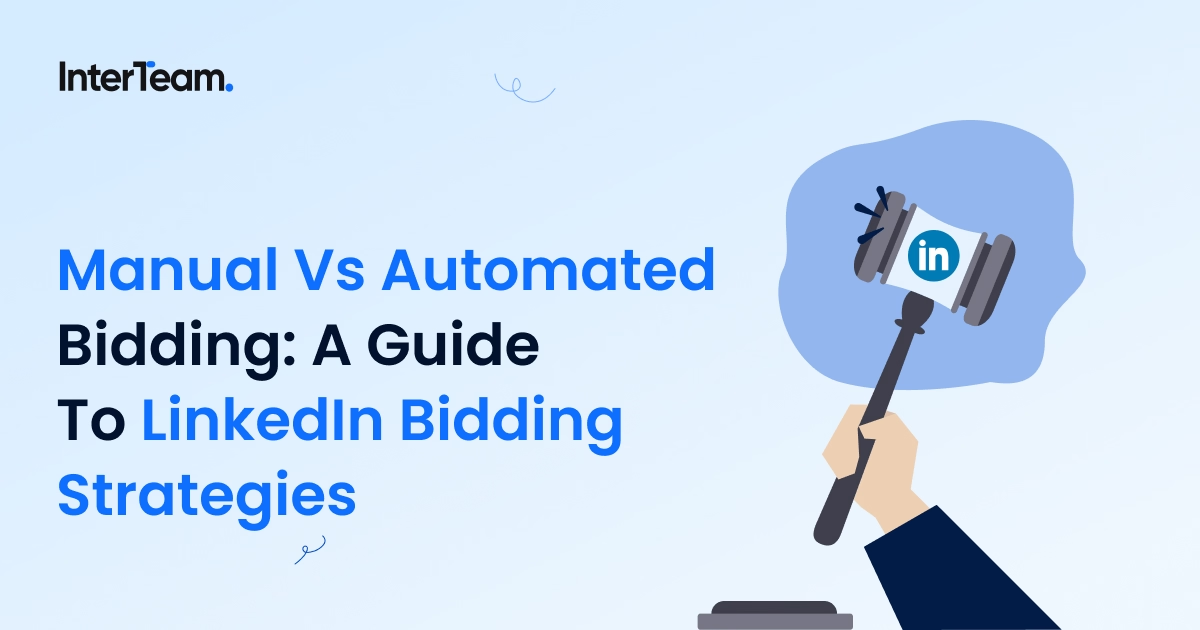How To Generate Qualified Leads for B2B in 2025
A strategic lead qualification process is the difference between a strong ROI and thousands of dollars wasted on unqualified leads.
That’s especially true in B2B, where CPCs are high and competition for quality leads is fierce. It’s easy to get clicks on your ads, but far harder to attract the kind of attention that actually turns into conversions.
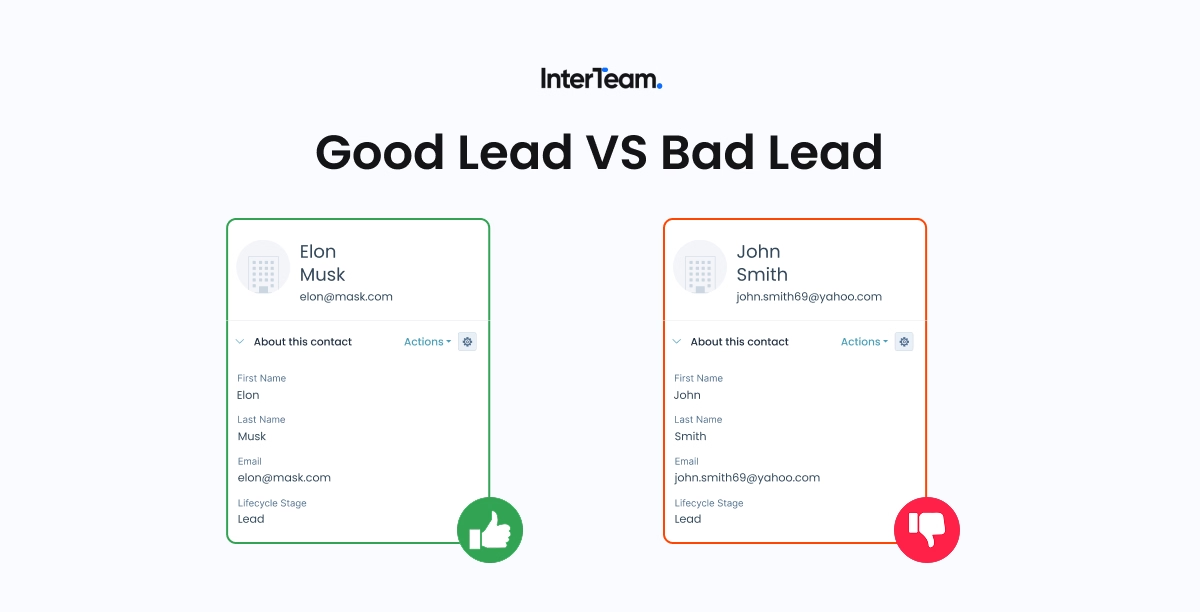
In this guide, we’ll walk through our lead qualification strategy step by step so you can plan better ads and learn how to generate qualified leads for B2B in 2025.
Qualified vs. Unqualified Leads
The difference between qualified and unqualified leads comes down to a lead's fit and intent.
Many advertisers focus primarily on volume to raise brand awareness. While this can generate exposure, it often results in a lot of impressions and budget wasted on traffic that doesn’t match your target audience or have any real need for your offer.
That kind of traffic is known as unqualified leads.
By comparison, qualified leads come from a more strategic approach that prioritizes lead quality over volume. These are prospects who match your sales criteria and show intent to buy.
Instead of reaching wide audiences with generic ads, they come from smarter targeting, personalized messaging, and a lead qualification process that filters out low-intent audiences.
The Results of Qualified Lead Generation
To put this difference into perspective, we can look at a recent client campaign. Before starting with us, Coefficient had been attracting a lot of unqualified leads. During our audit, we uncovered more than $60,000 in wasted ad spend from ads targeting demographics that didn’t match their ICP.
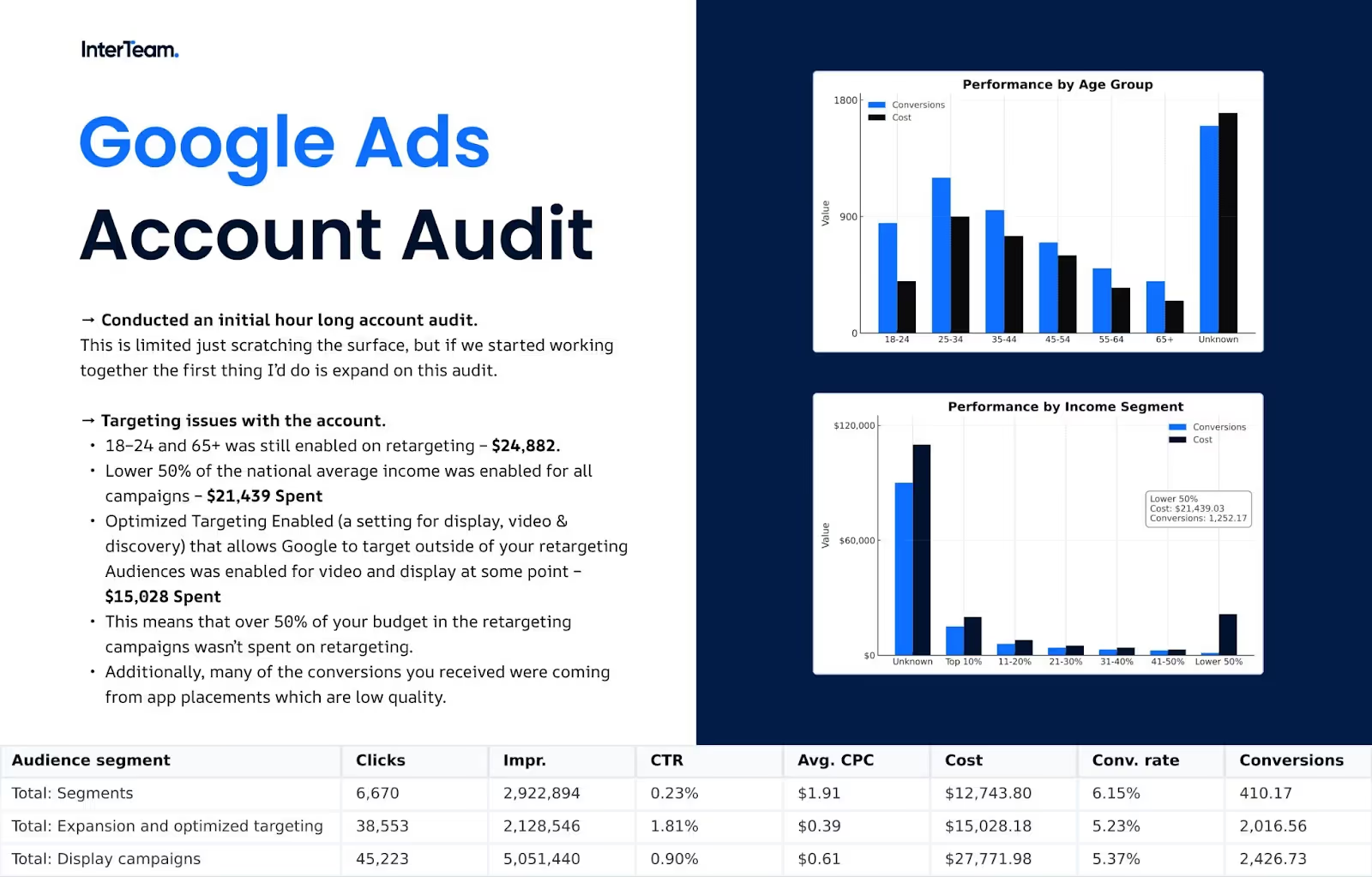
By filtering out these audiences and reassigning their budget to focus on qualified audiences, we increased their conversion rate by 166%, which led to back-to-back record quarters and $1M in ARR generated in a single quarter.
And this campaign wasn’t a one-off. We see it repeated with every campaign we run. You can see the results for yourself in our case studies below:
- B2B SaaS Growth Marketing Case Study - 166% increase in conversion rate, back-to-back record quarters
- Multi-Channel Performance Marketing Case Study - 7x increase in monthly leads, 87% lower CPL
- SaaS PPC Case Study - 23x more sign-ups, $676 lower cost per lead
- B2B SaaS Lead Generation Case Study - 25% increase in MQLs
An effective lead qualification process not only improves the ROI of PPC campaigns but also helps keep your sales and marketing team from wasting time with leads that aren’t serious so they can build a predictable funnel that’s scalable and focused on in-market buyers.
In this guide, we'll show you exactly how.
The 3 Types of Qualified Leads
Before jumping into our lead qualification strategy, we first need to explore the different types of qualified leads.
There are three categories:
- Marketing Qualified Lead (MQL): Someone who has shown interest in your business by engaging with your content or ads. MQLs typically come from top-of-funnel campaigns and require further qualifying before they are ready for sales outreach.
- Sales Qualified Lead (SQL): A lead that meets your sales team’s criteria for outreach. They’ve shown intent to buy, often through direct actions like requesting a demo or pricing information, or through high-intent behavior on your website.
- Opportunity: A lead that has progressed beyond the SQL stage and received a direct offer. This is the first point where the lead holds measurable value, since you can now quantify potential revenue based on deal size or pipeline generated.
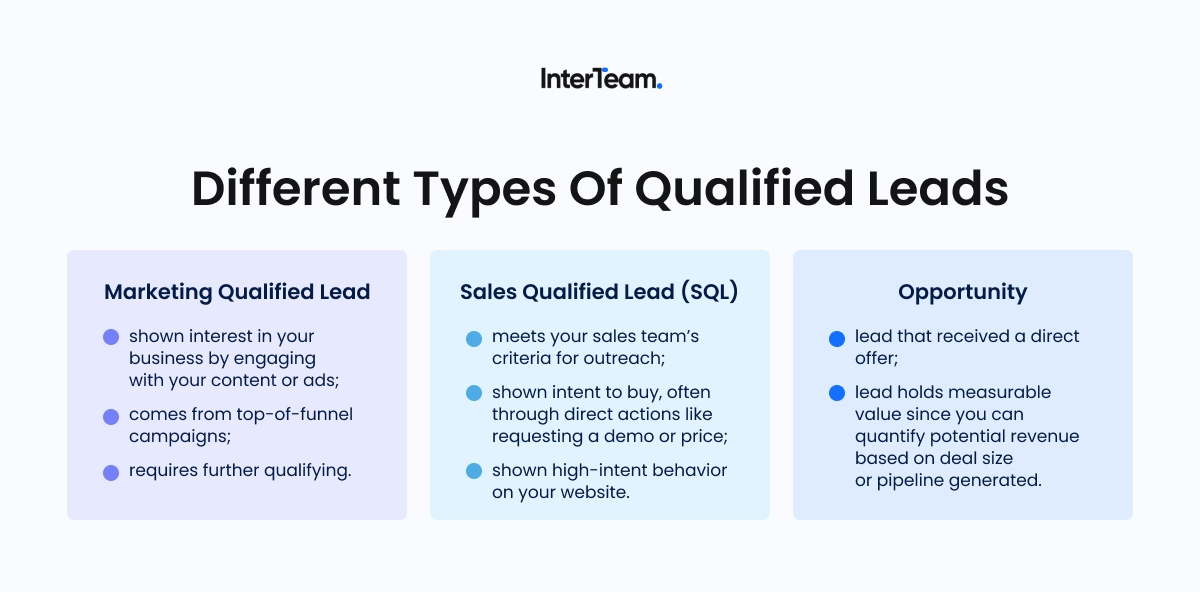
Each type plays a distinct role in your sales funnel and helps guide how you nurture prospects from first interaction to closed customer.
Aligning Your ICP With the Buyer’s Journey
Each of these lead types develops at a different stage of the funnel, which is why it’s important to understand who you’re targeting and how they progress from awareness to opportunity.
The first step is identifying your ideal customer profile (ICP). This includes details like which industry they work in, their company size, their job titles, and the common pain points they face.
The best place to start is with your current customers. Take a moment to analyze your existing clients and look for common traits. When you take an analytical approach, your ICP should reflect the buyer personas and qualities of some of your best clients.
With your ICP defined, you can then start mapping out their buyer journey. This is the key to creating a full-funnel strategy that guides cold leads through your qualification process.
Here’s a brief overview of how we structure our campaigns to target different stages of the buyer journey:
- Top of Funnel (ToFu): Focuses on educational-style ads and problem-aware keywords to reach in-market audiences and generate MQLs.
- Middle of Funnel (MoFu): Uses engagement data from MQLs to monitor performance on-site and evaluate readiness, filtering for SQLs from those interactions.
- Bottom of Funnel (BoFu): Retargets SQLs with creative, messaging, and CTAs that encourage users to take a direct offer, moving them from SQL to Opportunity and readying them for a final conversion push by the sales team.
By mapping out your ICP and buyer journey before launch, you’ll keep your campaigns efficient, focused, and flexible as new data comes in.
8-Step Lead Qualification Strategy
At InterTeam, our lead acquisition process starts from the moment we launch a campaign. With refined targeting around our ICPs, we ensure our ads reach relevant audiences, which we further qualify through a series of lead generation techniques and optimization strategies.
Below is the eight-step lead qualification structure we use to generate highly qualified leads for our clients.

Step 1: Qualify Your Leads With Better Audience Targeting
The first step in qualifying a lead is refining the audiences you are targeting. The approach you use will depend on which platforms you are running ads on, but the overall goal is the same. You want to build audiences that target your ICP.
Below are some of the strategies we use to target qualified leads on Google Ads, LinkedIn Ads, and Reddit Ads.
Google Ads
Google gives you several ways to segment audiences based on behavior, search activity, and intent. Here are the approaches we use to create qualified audiences on Google Ads:
- Layer Your Data Segments (retargeting and Customer Match) with Google's Pre-Built Segments, like In Market or Affinity Audiences, to improve lead qualification.
- Combine audience filters with keyword targeting that indicates high purchase intent to capture potential customers actively searching for solutions.
- Exclude low-intent audiences from your campaigns like customers, people who bounced within 5 seconds or low-income zip codes.
- Use negative keywords and exclusions to remove irrelevant clicks, competitors, and job seekers.

We offer extensive resources on audience targeting in Google Ads. You can check out our guides on How to Target Competitor Audiences in Google Ads, Qualified B2B Targeting With Google Display Ads, and Google Ads Audience Segments for more tips, tricks, and advice.
LinkedIn Ads
LinkedIn offers the most control for B2B targeting, especially for building audiences around decision-makers.
Here’s how we do it:
- Filter by seniority, function, company size, and industry to reach prospects who match your ICP.
- Use Matched Audiences to retarget site visitors or upload contact lists for precise lead nurturing.
- Layer in age and interest-based targeting for awareness campaigns, then tighten to job title or company-level targeting for conversion campaigns.
- Exclude existing customers and unqualified industries to keep spending focused.
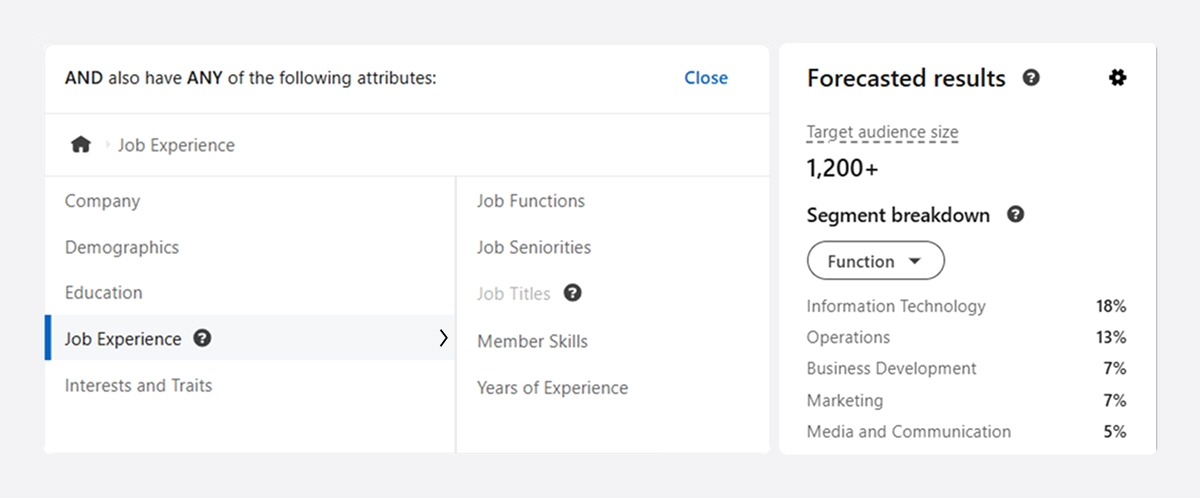
You can learn more about our approach to LinkedIn audience targeting in our Guide to Competitor Targeting with LinkedIn Ads.
Reddit Ads
Reddit Ads are great for reaching high-intent audiences at much lower CPCs than Google or LinkedIn. The platform offers several targeting options, but the power of Reddit lies in its niche communities. The only trick is identifying which subreddits to target.
Here are a few methods we use:
- Check the suggested related communities in the Ad Group interface to find subreddits connected to your product or service.
- Search Google for “[your keyword] + reddit” to locate real discussions and communities already talking about your topic.
- Review past campaign data to target communities that have driven conversions in retargeting or awareness campaigns.
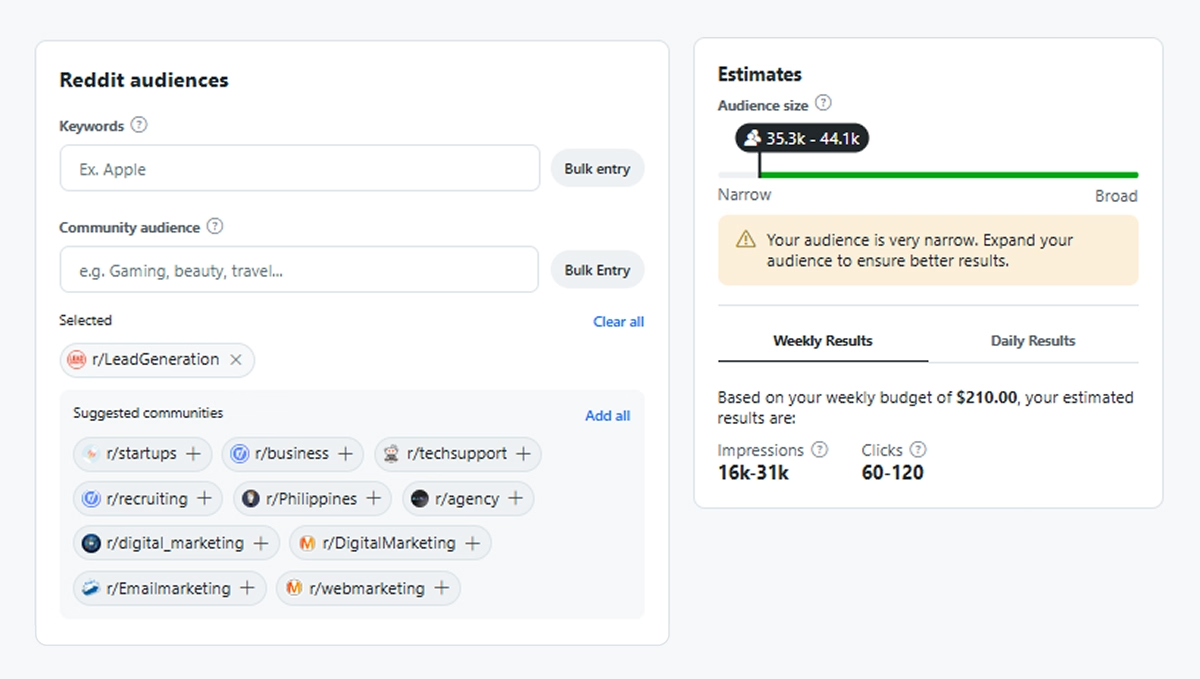
You can find a full breakdown of this approach and other targeting strategies in our Reddit Ads Targeting Guide.
Step 2: Optimize Your Ad Copy For Qualified Leads
Many advertisers don’t realize that you can start qualifying leads before they even enter your sales funnel simply by optimizing your ad copy.
Effective ad copy doesn't just attract high-intent leads. It should also filter out the unqualified ones.
These are some of the ways we leverage our ad copy to filter for qualified leads:
- Include natural qualifiers in your ad copy by using language like “Built for Enterprise Teams” or “For Senior Living Operators.” These clearly state who your ICP is and are more likely to resonate only with audiences that match it.
- Align your copy with the buyer’s stage. For awareness campaigns, focus on problem statements or value propositions that align with your ICP. For lower funnel ads, emphasize ROI, proof, or competitive in-market advantages.
- Use extensions or overlays such as sitelinks, pricing, or reviews. These add context that resonates more closely with your ICP and attract more qualified leads.

For more helpful tips, review our guide on How to Write the Best B2B Ad Copy and How to Write Google Ads Copy for B2B.
Step 3: Qualify Leads for Sales Using High-Intent Engagement Signals
At this point, you should be generating a healthy list of MQLs. The next step is to qualify them for sales.
The best place to start is with your website, and you don’t even need to launch any new ads.
Simply review how your audience behaves on your site after clicking your ads and look for high-intent actions that indicate genuine interest in your offer.
A few high-intent actions we look for include:
- Users who visit high-intent pages like your pricing, demo sign up, or free trial pages.
- Users who spend more than 30 seconds on the site. This helps filter out bounced or low-quality traffic.
- Users who scroll more than 50% of the page, showing clear engagement with your content and offer.
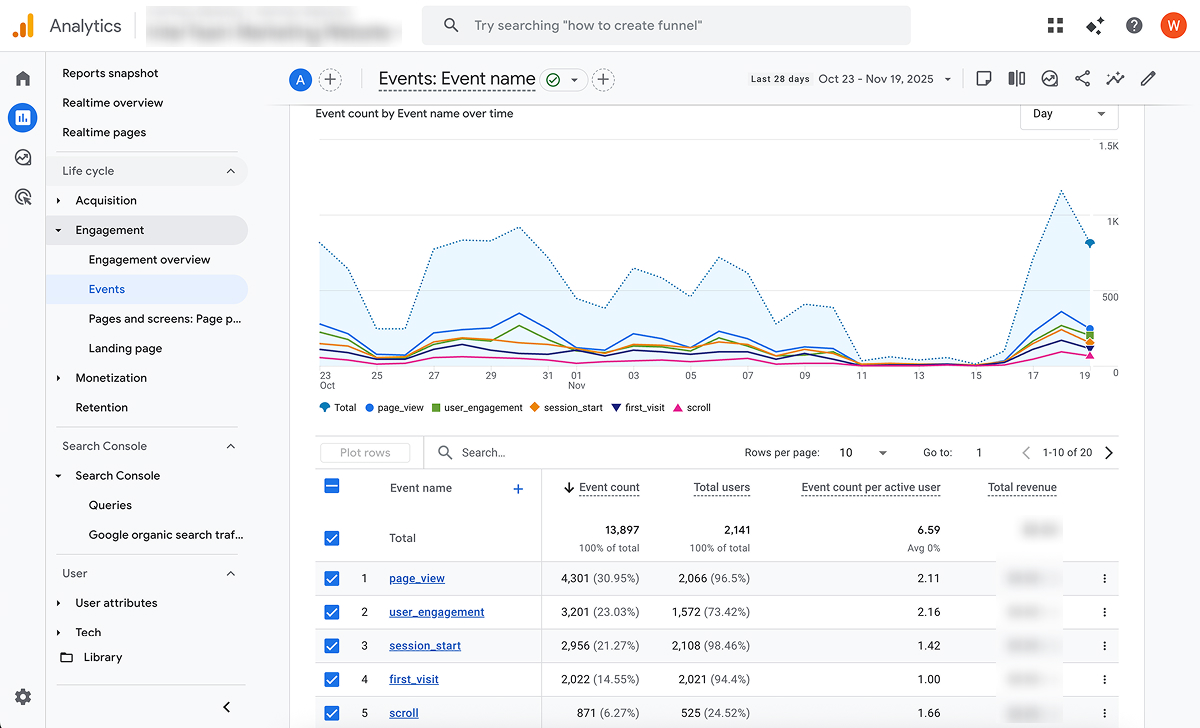
By setting up these custom events in GA4, you can use these engagement signals to identify which MQLs are most likely to become SQLs in the next stage of the funnel.
Step 4: Turn MQLs Into SQLs with Lead Magnets
Engagement signals show who’s interested, but lead magnets turn that interest into real sales intent.
A lead magnet is any piece of content you share in exchange for contact information.
It works by drawing users in with the promise of a free and helpful resource, such as a template, comparison guide, or short demo, before requiring them to submit a form for full access.
The goal isn’t just to capture emails but to attract prospects who match your ICP and demonstrate intent to buy, which moves the lead from MQL to SQL.
When creating lead magnets, focus on alignment and qualification:
- Match value to intent. Offer assets that solve a mid-funnel problem and make the next step clear, such as comparison guides or ROI checklists.
- Collect qualifying data. Use your form fields to gather details like company size or job title so you can identify high-fit leads later.
- Set clear expectations. Tell users what happens after submission, such as “You will also receive an invite to our weekly demo.”

Once someone engages with your lead magnet, they have already shown strong intent. Your job is to make sure each step that follows continues to qualify them before they enter your post-conversion sequence.
Step 5: Use Retargeting to Nurture High-Intent Leads
Whether qualified through high-intent website signals or a lead magnet, the next step is to retarget your high-intent leads with a bottom-of-funnel offer.
At this stage, your retargeting campaign should have one of two goals, depending on your offer and the length of your sales cycle:
- Lead Nurturing: Promote a lead magnet or landing page to capture a form fill. This collects information that can be used for a later sales push, helping move the lead from MQL to SQL.
- Offer Stage: Promote a qualified offer to a warm lead to encourage a purchase or direct action, converting the lead from SQL to an Opportunity.
The key is to align your creative and messaging with each goal. Use the engagement data you already have to tailor your ads based on how each user has interacted with your brand.
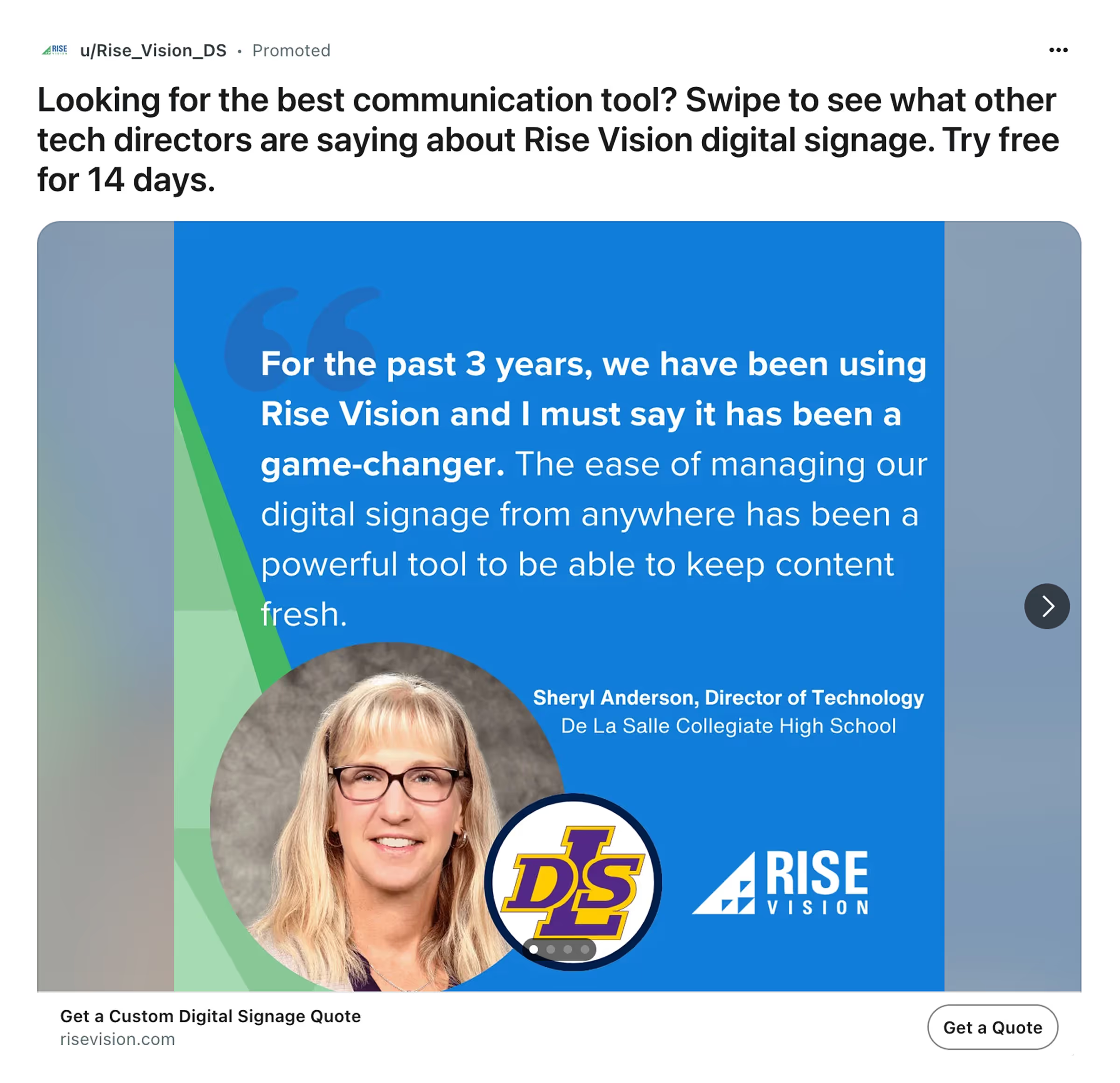
For short-cycle offers, use urgency, testimonials, and clear CTAs to push direct conversions. For longer B2B sales cycles, focus on interactive, product-driven content such as feature walkthroughs, demo clips, or limited-access previews that build trust and move prospects toward qualification.
Your exact retargeting approach will vary by channel. For more detailed strategies, review our B2B Retargeting Best Practices, LinkedIn Ads Retargeting Guide, and Google Ads Retargeting Guide.
Step 6: Strengthen Lead Qualification on the Landing Page
Once a user clicks through from your ad or lead magnet, your landing page becomes the next filter in the qualification process. At this stage, your goal is to maintain alignment between the ad promise, the audience’s intent, and the action you want them to take.
A well-built landing page does more than convert. It pre-qualifies visitors by reinforcing your value proposition, speaking directly to your ICP, and making it easy for the right users to continue while naturally filtering out the rest.
Here’s how to qualify effectively at the landing page stage:
- Keep your message consistent. The ad and landing page should work as one. Reuse key phrases and benefits from your ad copy so visitors instantly know they are in the right place.
- Use intent-driven CTAs. Calls to action like “Book a Demo,” “Get Pricing,” or “Start a Free Trial” set a clear expectation and attract users who are ready to engage with sales.
- Add social proof. Use testimonials, logos, or short case study snippets that mirror your ICP’s industry or challenge. This reinforces relevance for qualified leads while discouraging mismatched ones.
- Measure performance by lead quality, not just conversions. Track metrics such as MQL-to-SQL rate, CPL, and down-funnel value to identify which pages bring in the most qualified users.
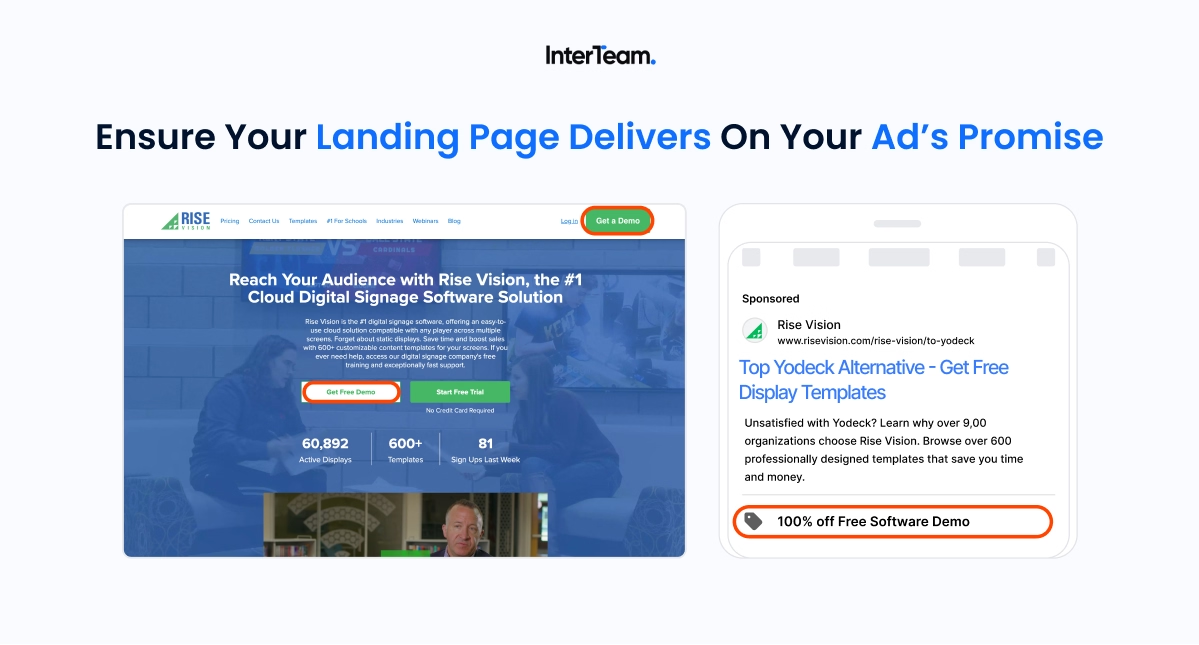
When your landing page mirrors your ad’s targeting and language, you extend the qualification process seamlessly. It ensures that by the time a visitor reaches your lead form, they have already confirmed interest, intent, and fit, setting the stage for stronger form-level qualification.
Step 7: Filter and Route Qualified Leads Through Your Form
Your lead form is one of the most important qualification points in your funnel. While the landing page attracts the right audience, the form determines who actually gets through to sales. Every field you include should help you collect data that confirms fit, intent, or value.
Here is how to qualify leads effectively using the form itself:
- Require business email addresses. Block personal domains such as Gmail or Yahoo to reduce unqualified or low-value submissions.
- Add email validation. Use a validation tool to confirm domain accuracy and reduce spam or invalid entries.
- Add friction intentionally. Include one or two additional fields that help you measure fit, such as company size, role, or industry. This discourages low-intent users from completing the form while helping you identify serious prospects.
- Create custom automations. Set up automations that flag or route qualified leads based on form data. For example, if a company lists more than 100 employees, that submission could automatically be marked as an SQL in your CRM and sent to sales for follow-up.
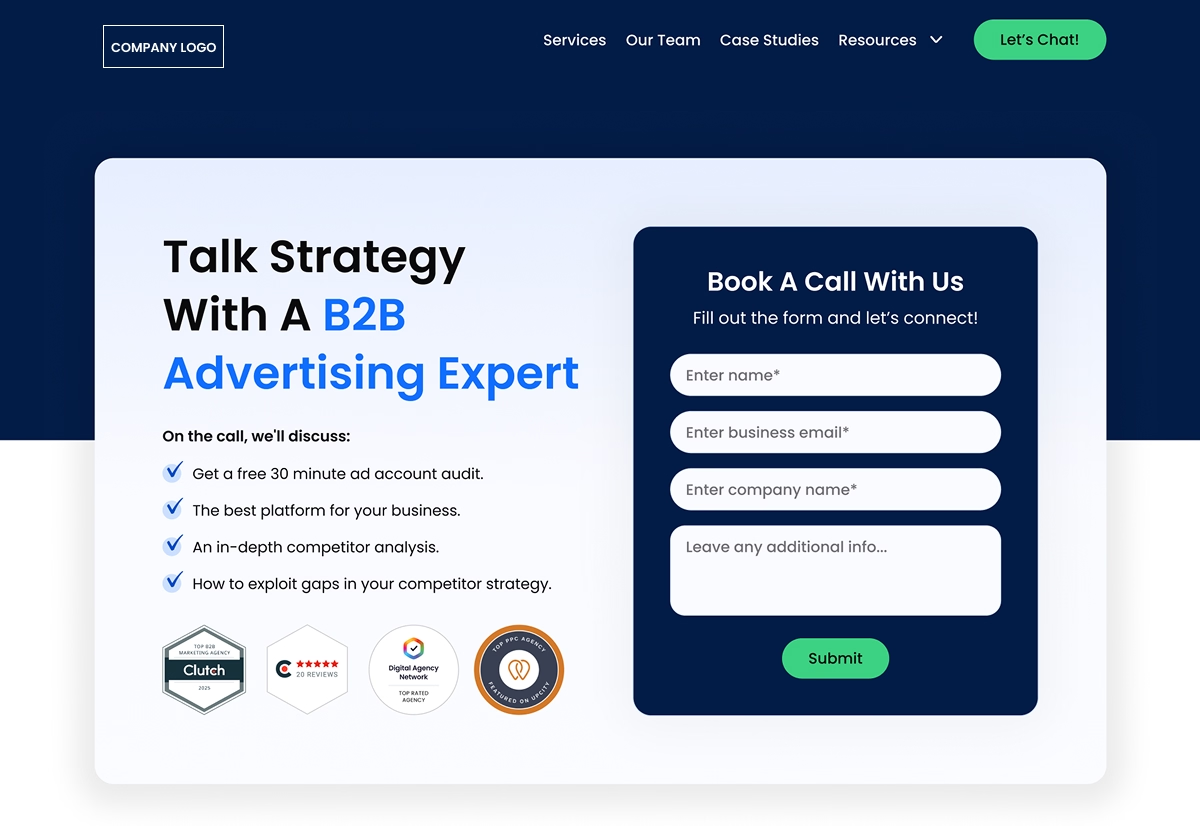
The goal is not to gather as many contacts as possible but to ensure each lead meets your qualification standards. Strong form design and smart automation improve data quality and create a more efficient sales pipeline.
Step 8: Optimize the Post-Conversion Experience
Once someone submits your form, the qualification process continues. What happens immediately after conversion determines whether that lead becomes an SQL or drops off the radar.
Here are a few ways to optimize your post-conversion experience for higher intent and stronger follow-through:
- Use your thank-you page strategically. Go beyond a simple confirmation message by including a clear next step such as a demo booking link, calendar embed, or CTA to explore pricing or case studies.
- Reinforce value immediately. Add a short testimonial, customer success story, or product walkthrough video to strengthen interest while it’s still high.
- Automate follow-up sequences. Send the promised asset right away, then follow up with helpful emails that encourage the next action, such as scheduling a call or joining a demo.
- Score and route high-intent leads. Use engagement metrics like opens, clicks, and return visits to identify SQL-ready leads. Send those automatically to sales through your CRM for faster response times.

By optimizing what happens after a form submission, you keep the momentum going and turn more early-stage conversions into qualified sales opportunities.
Best Practices for Measuring and Automating Lead Qualification
The final piece of a successful lead qualification system is keeping it measurable and automated. Once your campaigns are running, these best practices will help you maintain consistency, reduce manual effort, and scale what works:
- Score leads by engagement and fit. Track both behavioral and firmographic signals. Assign points for actions like form completions, demo requests, and repeat visits, and include criteria like company size, role, and industry relevance.
- Automate scoring and routing. Use CRM tools like HubSpot or Salesforce to route qualified leads automatically, complete with source, keyword, and campaign data for faster follow-up.
- Measure what matters. Prioritize quality-focused metrics such as MQL-to-SQL conversion rate, CPL by channel, and pipeline revenue influenced by campaign performance.
- Close the attribution loop. Maintain full visibility into which campaigns and audiences drive a qualified pipeline. Use this feedback to refine targeting, adjust messaging, and reallocate spend where it matters most.
With these best practices in place, your qualification process becomes more predictable, data-driven, and scalable, allowing you to focus your budget and sales efforts on the leads that matter most.
Need Help Driving More Qualified Leads?
If your PPC campaigns are getting clicks but not conversions, it’s time to strengthen your lead qualification strategy.
At InterTeam, we have refined the process into a science, helping B2B companies attract and convert the right audiences through smarter targeting and funnel optimization.
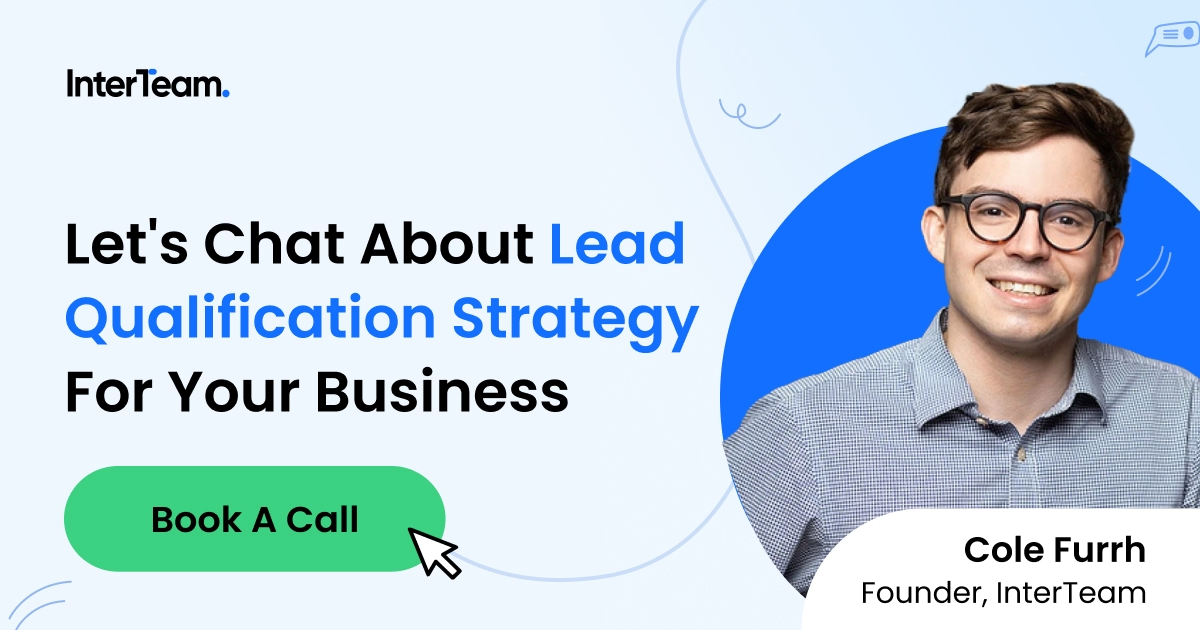
Ready to fill your pipeline with qualified leads? Schedule a free strategy call to see how we can help you attract and convert higher-quality leads.
FAQs
Template question
Template text answer

